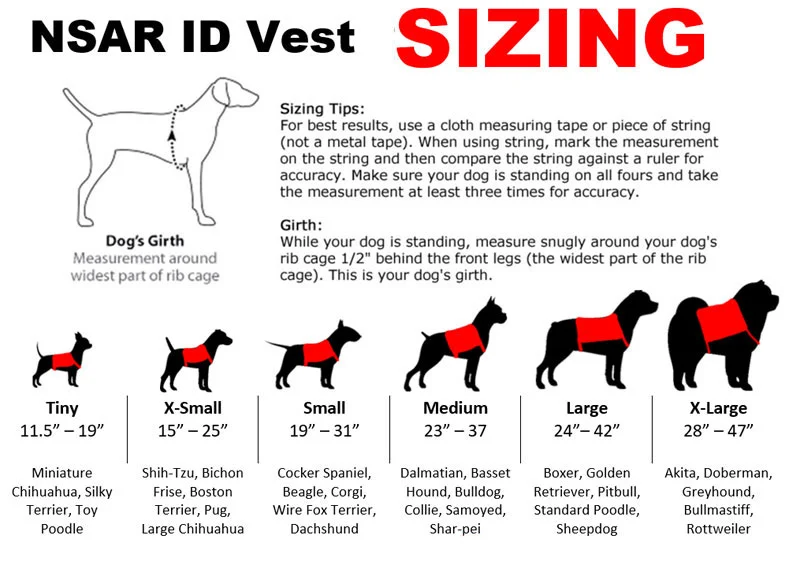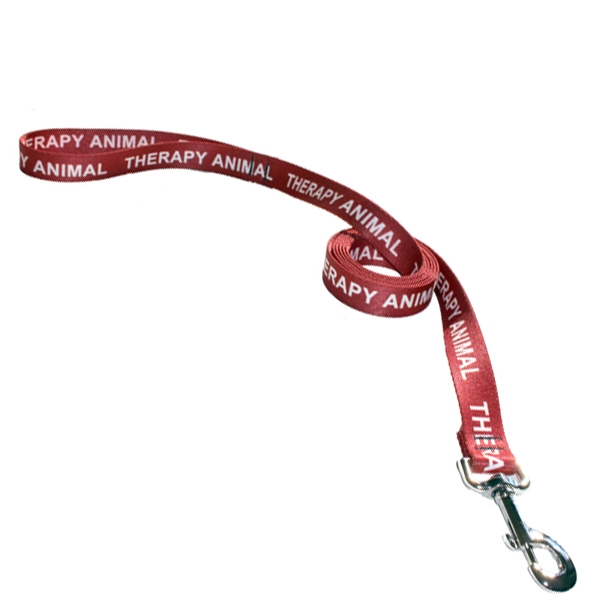
Service dogs play an invaluable role in the lives of many individuals, offering not just companionship but also crucial assistance with medical conditions. Among these devoted companions, Medical Assist Service Dogs stand out for their ability to detect and respond to medical emergencies. This guide will explore the definition of Medical Assist Service Dogs, ideal breeds for the role, the variety of tasks they can perform, and detailed training methodologies. We’ll also cover troubleshooting tips for common training challenges, advice on socializing and acclimating your dog to public spaces, and how to maintain your dog’s training over time.
What Are Medical Assist Service Dogs?
Medical Assist Service Dogs are specially trained canines that assist individuals with a variety of health conditions by alerting them to changes in their physical or emotional state before it becomes critical. Unlike emotional support animals, these dogs are trained for specific tasks related to their handler’s medical condition, such as detecting changes in blood sugar levels, scent changes related to certain medical conditions, or impending seizures.
Ideal Breeds for Medical Assist Service Dogs
Temperament and Physical Attributes
The ideal breeds for Medical Assist Service Dogs are those known for their intelligence, temperament, and physical ability to perform necessary tasks. Breeds such as Labrador Retrievers, Golden Retrievers, and Standard Poodles often excel in this role due to their calm demeanor, eagerness to please, and physical endurance. However, the individual dog’s personality and capabilities should always be considered over breed alone.
Three Methods to Obtain a Medical Assist Service Dog
1. Trainer/Training Organization
Trainer or training organizations specialize in breeding, raising, and training service dogs for various purposes, including medical assistance. These organizations employ professional trainers who utilize structured programs to train dogs to perform specific tasks tailored to individual needs. The process typically involves an application and assessment process to match handlers with suitable dogs. Once matched, the dog undergoes intensive training, often lasting several months, to ensure proficiency in medical assistance tasks. While this method may involve a waiting period and financial investment, it offers the assurance of working with experienced professionals who understand the intricacies of training service dogs.
Assistance Dog International (ADI) is a great resource to locate an ADI credentialed trainer in your area that may be able to assist you with having your dog trained to become a medical assist service dog.
2. Non-profit Organizations
Non-profit organizations dedicated to providing assistance dogs often offer medical assist service dogs as part of their programs. These organizations rely on donations and fundraising efforts to cover the costs associated with breeding, training, and placing service dogs. Individuals seeking a medical assist service dog through non-profit organizations may be required to meet certain eligibility criteria and undergo an application and interview process. Once accepted into the program, the individual is matched with a suitable dog and provided with training and ongoing support. This method may offer financial assistance or reduced costs compared to private trainers or organizations, making it accessible to a broader range of individuals.
3. Self-training
Self-training involves individuals taking on the responsibility of training their own medical assist service dog. While this method offers the flexibility of training the dog according to the handler’s specific needs and preferences, it requires a significant commitment of time, resources, and knowledge. Self-training typically involves researching training methodologies, attending obedience classes, and working closely with the dog to teach desired tasks. Positive reinforcement techniques, such as clicker training, are commonly utilized in self-training programs. While self-training can be a rewarding experience, it requires dedication and consistency to ensure the dog develops the necessary skills to assist with medical assistance tasks effectively.
Each method of obtaining a medical assist service dog has its own advantages and considerations. Individuals should carefully evaluate their options based on factors such as cost, time, and level of support needed. Ultimately, the goal is to find a method that best suits the individual’s needs and circumstances, ensuring a successful partnership between handler and dog.
How to Train Your Own Medical Assist Service Dog
Variety of Tasks
Medical Assist Service Dogs are trained to perform a wide range of tasks, including but not limited to:
- Detecting changes in blood sugar levels for diabetics.
- Alerting to scent changes related to specific medical conditions like narcolepsy or adrenal insufficiency.
- Notifying their handler of impending seizures or migraines.
Training Methodologies
Positive Reinforcement and Clicker Training
Training a Medical Assist Service Dog typically involves positive reinforcement and clicker training techniques. Positive reinforcement rewards desired behaviors, making them more likely to be repeated, while clicker training uses a click sound to mark the exact moment a correct behavior is performed, followed by a reward.
Step-by-Step Guide for Specific Tasks
- Introduction to the Scent: For tasks involving scent detection, begin by introducing the scent associated with the medical condition during a calm state. This can be achieved by using a sample on a cotton ball or similar medium.
- Clicker Training for Scent Detection: Once the dog shows interest in the scent, use the clicker and reward with a treat. Gradually increase the difficulty by hiding the scent and encouraging the dog to find it.
- Alert Training: Teach the dog an alert signal, such as pawing or barking, when they detect the scent. Start by commanding the alert action in a different context and rewarding it. Then, combine the scent detection with the alert action.
- Real-Life Simulation: Practice in environments that simulate real-life situations where the dog might need to alert you. This includes different rooms of the house, outdoors, and in public spaces.
Troubleshooting and Socialization
Training Challenges
Common training challenges may include distractions, inconsistent alerting, or confusion about commands. Address these by breaking down tasks into smaller steps, practicing in various environments, and maintaining consistency in commands and rewards.
Socializing and Acclimating to Public Spaces
Socialize your Medical Assist Service Dog early and often, exposing them to different people, environments, and situations. Gradual exposure helps ensure that they remain calm and focused in any setting. Training vests can help signal to others that your dog is working and should not be disturbed.
Selecting the Right Dog and Maintenance Training

Choosing a Dog
When selecting a dog for medical assist tasks, prioritize temperament, health, and responsiveness to training over breed. Consider adopting from a reputable trainer or organization specializing in service dogs.
Maintenance Training Tips
To ensure your dog remains proficient in its tasks, engage in regular maintenance training. This includes revisiting basic tasks, introducing new challenges, and practicing in different settings to reinforce their training.
Registering Your Medical Assist Service Dog with National Service Animal Registry
Registering your Medical Assist service dog with National Service Animal Registry (NSAR) offers numerous benefits to both you and your canine partner. NSAR provides a simple and free registration process that helps establish your dog’s status as a service animal, which can facilitate smoother access to public places and accommodations. Here’s why registering with NSAR is advantageous:
- Legitimacy: Registration with NSAR adds legitimacy to your Medical Assist service dog’s status. With a registered service dog, you can confidently assert your rights under the Americans with Disabilities Act (ADA) when accessing public spaces, transportation, housing, and other areas where service animals are allowed.
- Identification: NSAR provides identification tools such as vests, ID cards, and other merchandise that clearly indicate your dog’s role as a service animal. These visual cues not only help others recognize your dog’s purpose but also signal your commitment to responsible ownership.
- Ease of Access: Having your Medical Assist service dog registered with NSAR can streamline interactions with businesses, landlords, and transportation providers. Showing your registration documentation and identification products can help mitigate misunderstandings and ensure smoother access to the accommodations and services you need.
- Peace of Mind: Registering with NSAR offers peace of mind, knowing that you have official documentation and support to navigate situations where your service dog’s presence may be questioned. It provides a sense of security and empowerment as you go about your daily activities with your trusted companion by your side.
NSAR offers a range of registration options, including free basic registration and premium packages with additional benefits. Take advantage of NSAR’s services to register your Medical Assist service dog today and enjoy the confidence and convenience that come with official recognition and identification.
Conclusion
Training a Medical Assist Service Dog is a journey that requires patience, dedication, and understanding. By following the guidelines provided in this comprehensive guide, individuals looking to acquire or train a Medical Assist Service Dog independently will be better equipped to develop a successful partnership with their canine companion. Remember, the goal is not just to train a dog but to foster a deep bond that enhances both the handler’s quality of life and the dog’s well-being.
Brought to you by National Service Animal Registry. Learn more about us and how to qualify your pet as a service dog, emotional support animal (ESA), or therapy animal, TODAY!

























